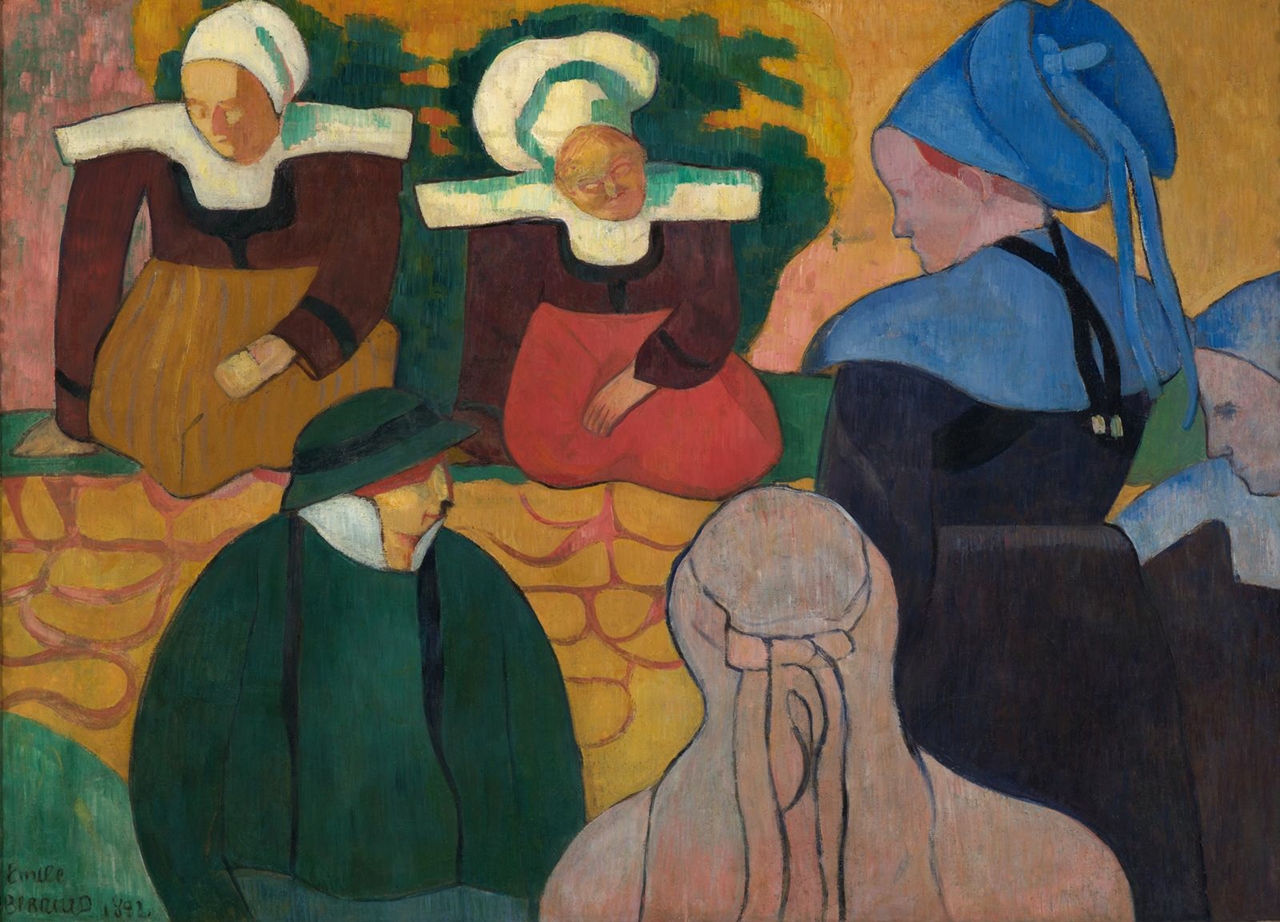Aix, 27 giugno 1904
Mio caro Bernard,
ho ricevuto la vostra del... che ho lasciato in campagna. Se ho tardato a rispondervi, è perché sono soggetto a disturbi cerebrali, che mi impediscono di agire liberamente. Resto sotto l'urto delle sensazioni e, malgrado l'età, inchiodato alla pittura.
Il tempo è bello, ne approfitto per lavorare; bisognerebbe fare dieci buoni studi, e venderli cari, visto che gli amatori ci speculano sopra.
Ieri è arrivata qui una lettera indirizzata a mio figlio, che la signora Brémond [la governante di Cézanne] ritiene sia vostra; gliel'ho inviata in rue Duperré 16, Parigi, IX distretto. Sembra che Vollard abbia dato qualche giorno fa una serata danzante, in cui si è molto gozzovigliato. C'era tutta la giovane scuola, sembra, Maurice Denis, Vuillard eccetera. Si sono incontrati Paul e Joachim Gasquet. Credo che la cosa migliore sia lavorare molto. Voi siete giovane, realizzate e vendete.








